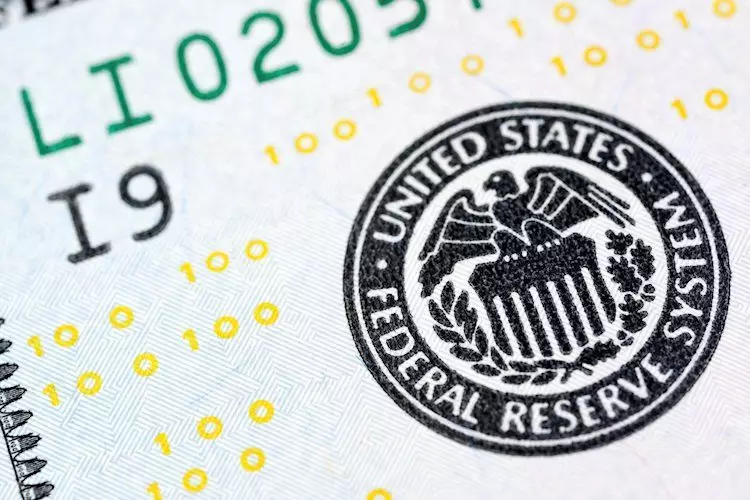In a recent statement, Federal Reserve Governor Adriana Kugler emphasized the central bank’s commitment to navigating the complexities of inflation while also safeguarding employment and economic growth. With the US economy confronting various external pressures—ranging from natural disasters like Hurricane Helene to geopolitical tensions in the Middle East—Kugler’s insights underscore the precarious nature of today’s financial landscape. His declaration hints at an evolving monetary policy strategy, one that seeks to strike a delicate balance between stimulating economic growth and curbing inflation.
Data-Driven Decisions
Kugler reiterated the importance of a data-dependent approach in shaping monetary policy decisions. This meticulous focus on incoming economic indicators will be crucial in guiding future rate cuts, which he expressed support for, depending on inflation trends. The Federal Reserve’s primary goal remains to anchor inflation around the 2% target. While Governor Kugler is open to the possibility of additional rate cuts, he cautioned that any adjustments would require a careful analysis of employment conditions and inflation data.
The economy’s response to these policies will hinge on real-time statistics. If inflation trajectories suggest a persistent deviation from the target, the Fed may need to recalibrate its approach, either hastening or slowing the normalization of interest rates. This adaptability is vital, given the unpredictable nature of both domestic and international economic events.
Potential Risks and Considerations
Kugler’s remarks also touched upon potential downside risks that could impact the labor market. Should employment figures worsen or external shocks lead to economic uncertainties, the Federal Reserve may find itself compelled to act more decisively in reducing interest rates. This reflects a commitment to address any vulnerabilities that could hinder economic stability.
The implications of these decisions are far-reaching, affecting not just financial markets, but everyday consumers and businesses as well. The interplay between rate cuts and economic growth creates a complex dynamic that requires constant evaluation. As the US Dollar Index reflects modest fluctuations, particularly a noted decline against currencies such as the Japanese Yen, the effects of monetary policy become evident in the foreign exchange markets.
The path forward for the Federal Reserve, as articulated by Governor Kugler, involves a meticulous balancing act that aims to harness economic growth while curbing inflation. The promise of additional rate cuts requires careful monitoring of the economic landscape, ensuring that the measures implemented do not inadvertently compromise job creation or overall economic health. As the global economic environment continues to evolve, the Federal Reserve’s strategy will need to remain flexible and responsive to the myriad challenges that lie ahead. Only through vigilant assessment and prudent decision-making can the central bank hope to maintain stability and foster sustainable growth in an unpredictable world.

